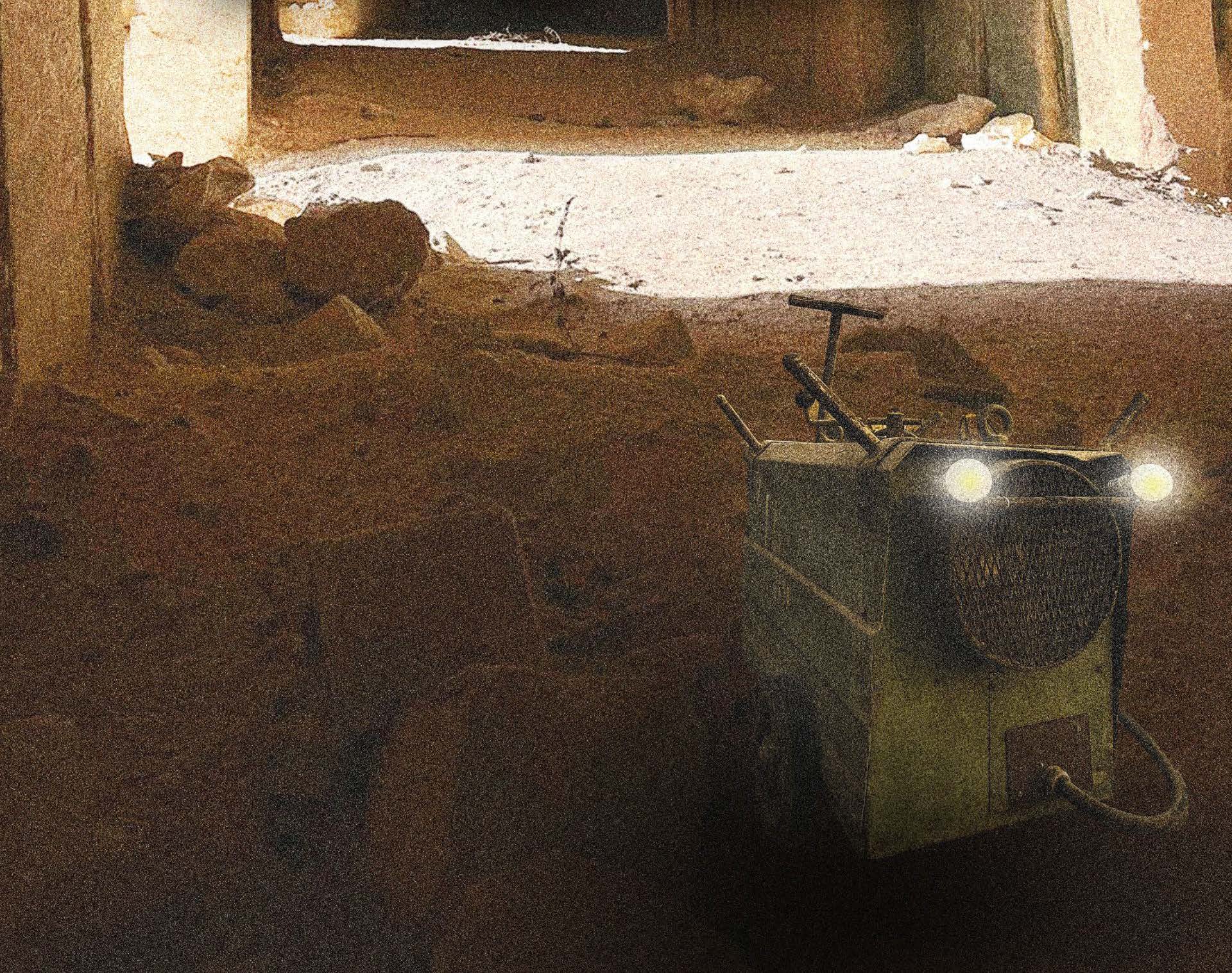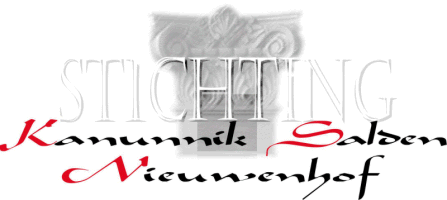Theatervoorstelling Spielplatz ENCI

Zaterdag 13 september
Saturday, September 13th
Zondag 14 september
Sunday, September 14th
Ik wil bergschilder worden…
Bart viert zijn jubileum. Hoera!
Bij gebouw 8, beter bekend als Barts weeghuisje. Verwacht taart en een hele hoop gezelligheid.
Het is in het weekend; al vond niemand dat echt een goed idee…
Speciaal voor Monumentendag maakt theatergezelschap Spielplatz in samenwerking metENCI Maastricht een spiksplinternieuwe korte voorstelling. Over schilderen, over leegtes, over de berg en haar gefluister.
Over werk met hoofdletters.
Spielplatz speelt WERK.

Boottocht
Het terrein is ook per boot te bereiken. Rederij Stiphout heeft een pendeldienst naar Slavante en terug naar Maastricht voor € 9,- p.p.
Vertrekpunt Maaspromenade tussen 11.00 en 16.00 uur, elk uur
Vertrekpunt Slavante
tussen 11.20 en 16.20 uur, elk uur
Klik op onderstaande knop om tickets te bestellen.
























